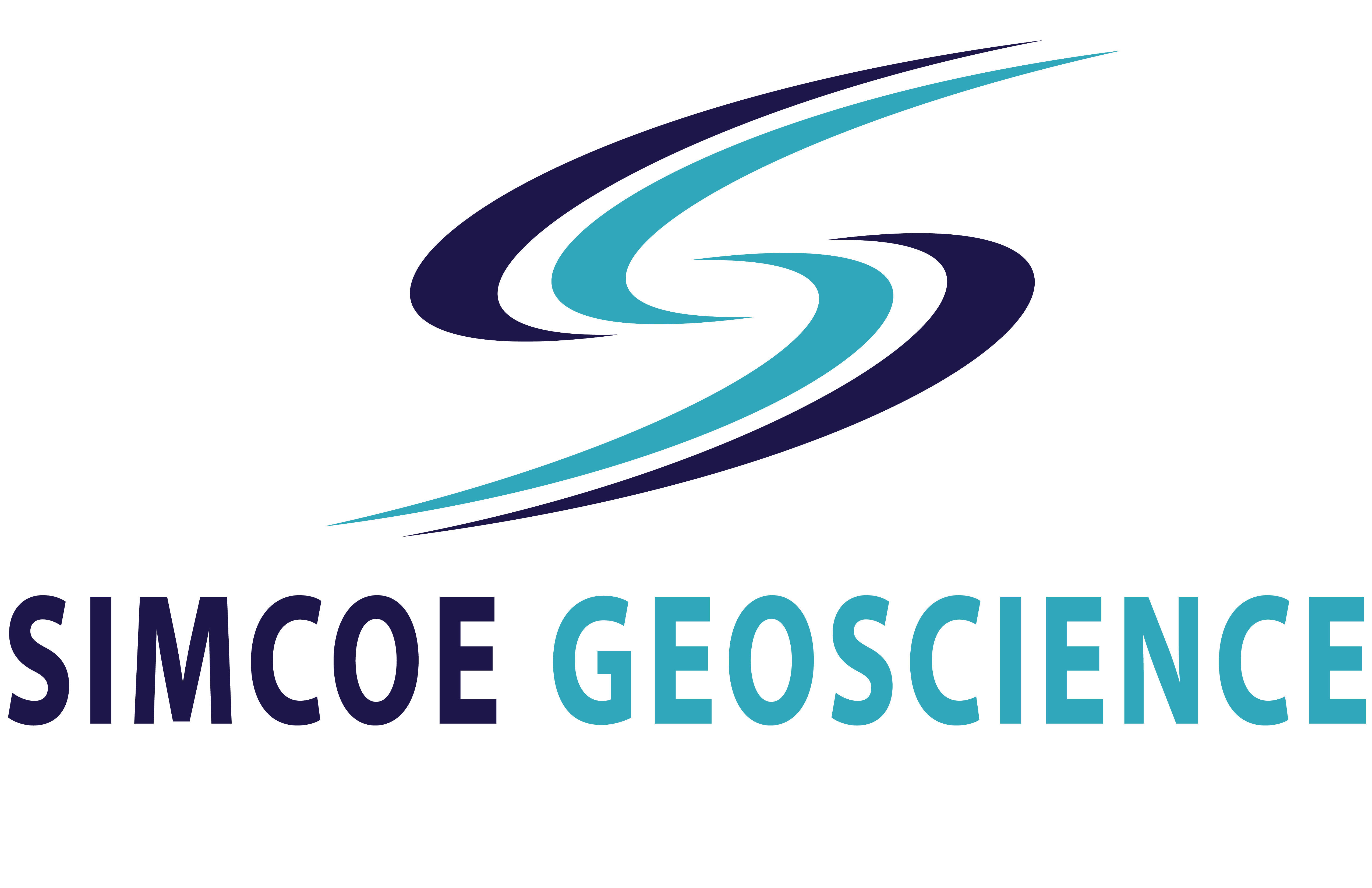Magnetotellurics (MT)
Applications
Magnetotellurics (MT) is a passive electromagnetic technique which uses natural time variations of the Earth's magnetic and electric fields to measure the electrical resistivity of the sub-surface. Electrical resistivity of rocks and minerals is an important physical property to measure as part of attempts to understand geological structure and processes. It varies by many orders of magnitude, from very resistive crystalline igneous rocks, to very conductive saline-filled sedimentary rocks. As measured by the magnetotelluric method, the resistivity obtained is a bulk property of a volume of Earth material and is associated with factors such as rock composition, porosity and permeability as well as rock fluid composition and temperature.
The Earth's magnetic field varies continuously in both time and space. By measuring at ground level sites time variations of the magnetic field and the electric field, the ratio of the electric and magnetic variations provides a measure of the electrical resistivity. Depth information is obtained by measuring the time variations over a range of frequencies. High frequencies penetrate the Earth to shallow depths only, while low frequencies penetrate deeper. Information is obtained from a few hundred metres depth to hundreds of kilometres depth.
The common applications and benefits of MT method are:
Exploration
- Base metals (nickel and precious metal exploration, as well as for kimberlite) mapping
- High-resistivity surface (volcanics, carbonates, igneous)
- Overthrust, fold belts, volcanics
- Can be combined with seismic or other methods to enhance understanding
- Explores to depths in excess of 500m, typically kilometers
Geothermal Energy
- Mapping of very deep seated structures bearing high temperature fluids.
Reconnaissance or Detail
- Detail: prospect definition - spacing = 250m - 500m on profiles or grids
- Recon: areal coverage - spacing = 1-5 km on profiles or grids
Adaptable
- In any topography stations can be put out, in even the roughest conditions
- Multiple profile directions can be provided from a single survey
Technologies
Resistivity/Induced Polarization Systems
- Omega MT (Ultra Wideband MT (UMT) System
- MTC-150 Broadband Sensor
